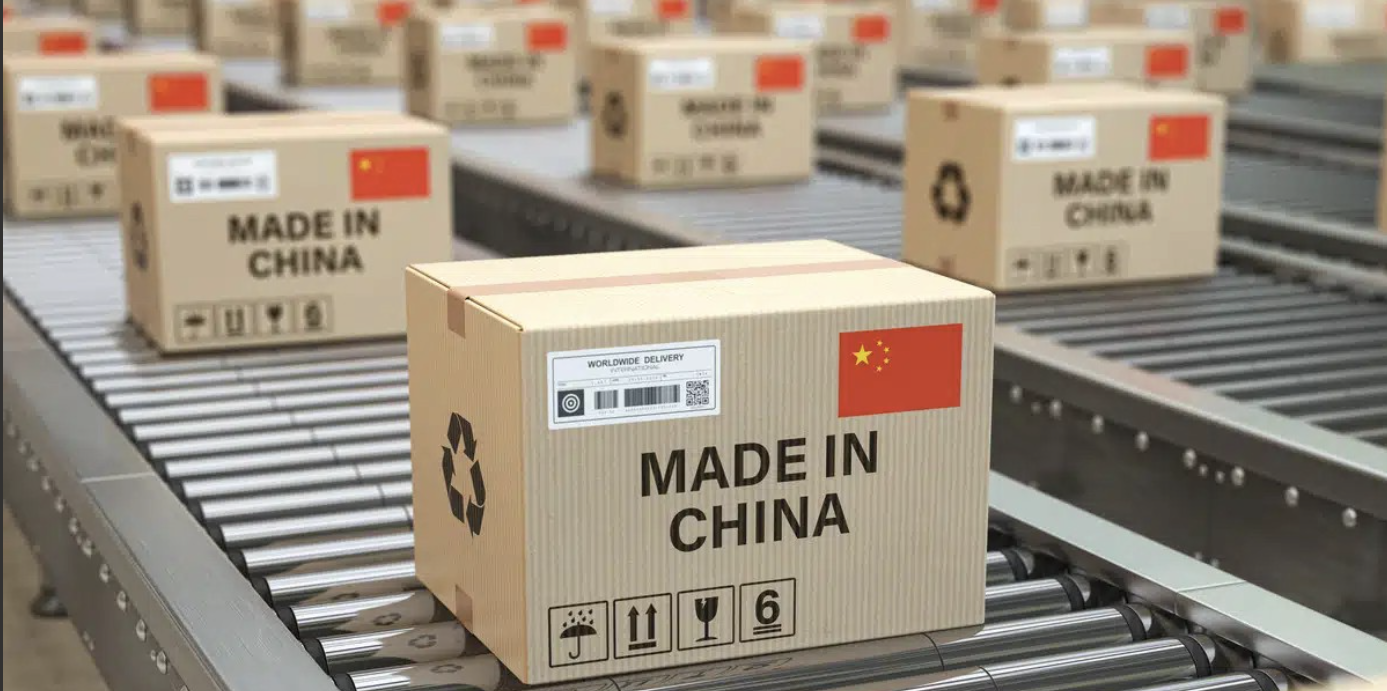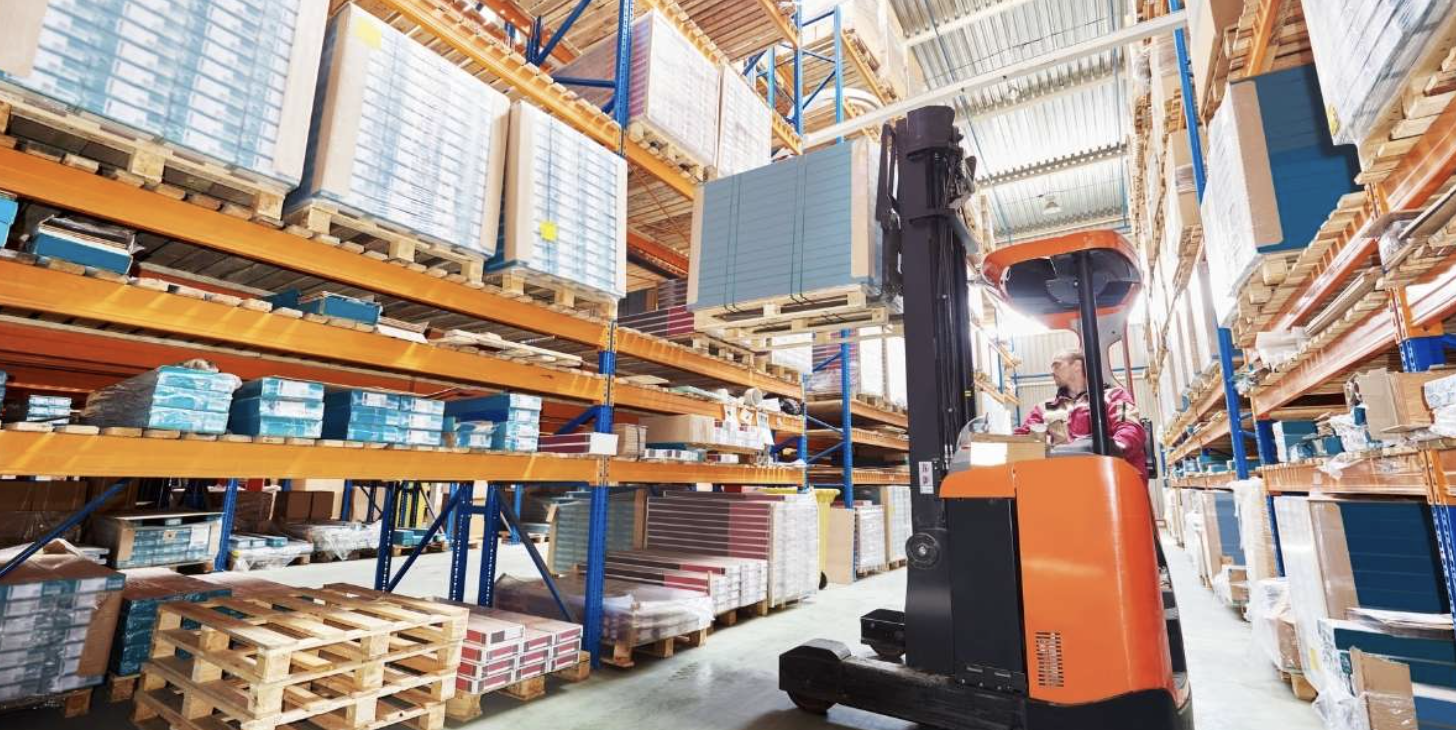The global tariff landscape is shifting rapidly, creating uncertainty—and opportunity—for companies involved in The global tariff landscape is changing faster than ever, creating both uncertainty and opportunity for businesses involved in product development, manufacturing, and international trade.
What was once a stable environment of low import duties has now evolved into a complex network of high tariffs, country-specific rules, and shifting trade relationships. To stay competitive, companies must quickly adapt their supply chains and pricing strategies.
In this post, we’ll cover what’s happening in 2025 and share actionable strategies to protect your supply chain and turn disruption into a long-term advantage.
The New Tariff Reality in 2025
For decades, most consumer goods enjoyed tariff rates below 5%, with exceptions for industries like textiles, steel, and aluminum.
That stability ended in 2019, when the Trump administration’s Section 301 tariffs on Chinese goods introduced 25% additional duties on thousands of products. The situation has escalated dramatically in 2025:
- February 2025: A 10% tariff was imposed on all Chinese goods—followed by another 10% in March, creating a 20% added tariff on top of existing rates.
- February 2025: A 25% tariff was placed on imports from Mexico and Canada, excluding Canadian energy exports (10%). Later, tariffs were delayed for goods compliant with USMCA, covering a large share of North American imports.
- February 2025: The U.S. reinstated a 25% Section 232 tariff on steel and aluminum, temporarily affecting Canada and Mexico.
- April 9, 2025 (“Liberation Day”): The U.S. introduced “reciprocal tariffs” on 57 countries, varying by trade imbalance.
- April 2025: Chinese imports faced an additional 34% tariff, totaling 54%, which escalated after retaliatory measures from China to 125%–145%.
- Negotiations in progress: The U.S. has signaled potential reductions to 50–65% on Chinese goods, acknowledging unsustainable rates.
Bottom line: Some products now face tariffs exceeding 100%, and rates are changing weekly or even daily.
Step 1: Get Tariff Classification Right
Accurate tariff classification is the foundation of compliance and cost control.
Here’s what to keep in mind:
- Don’t rely on Google or suppliers for HTS (Harmonized Tariff Schedule) codes—U.S. Customs has the final say.
- Always check the U.S. International Trade Commission (USITC) database or official Customs rulings for updates.
- Partner with licensed customs brokers or trade compliance professionals to avoid misclassification.
- Penalties and audits are on the rise: Even honest mistakes can be penalized up to 5 years later; fraud or gross negligence can be prosecuted within 5 years of discovery.
- For complex or ambiguous products, submit a binding ruling to U.S. Customs for clarity and protection.
Pro Tip: Classification errors can cost far more than the duty itself. Getting expert help pays for itself in avoided penalties.
Step 2: Understand How Tariffs Impact Your Products
Each product category and material type can be affected differently. Small details can create major financial differences.
Example 1 – Stainless Steel Water Bottle (from China):
- Previously: 2% tariff
- Now: Subject to 25% Section 232 steel tariff and 20% new tariffs (February–March 2025)
- Exempt from 145% reciprocal tariff (steel exception)
Example 2 – Textile Backpack (from China):
- Base tariff: 17.6%
- Section 301 (2019): +25%
- 2025 reciprocal tariff: +145%
- Total: 187.6% tariff – making Chinese imports economically unviable
Even minor material changes—like switching from plastic to metal—can dramatically reduce your duty exposure.
Step 3: Calculate the Financial Impact
After confirming your tariff codes, determine how new duties affect your landed cost and profitability:
- Tariffs apply only to the product cost (not freight), so ensure your pricing model reflects this.
- Model multiple scenarios: Absorbing tariffs vs. passing costs to customers.
- Negotiate with suppliers: Many factories have narrow margins, but small reductions or packaging efficiencies can help offset increases.
- Review your product mix: Accept lower margins on some SKUs if others can compensate.
- Factor in current inventory and pending shipments—tariffs may change before your next container arrives.
Step 4: Build a Resilient Supply Chain
Today’s environment demands agility. Use these tactics to strengthen your supply chain:
- Diversify Suppliers: Don’t rely solely on China—explore Southeast Asia, India, and nearshoring options.
- Scenario Planning: Prepare best-, mid-, and worst-case tariff projections and decision triggers.
- Inventory Strategy: Build safety stock or distribute inventory regionally to mitigate border risks.
- Total Cost of Ownership: Include packaging, freight, and warehousing costs—not just factory prices.
Flexibility, not just cost-cutting, is the real competitive advantage in 2025.
Step 5: Explore Alternative Sourcing Regions
China remains under the heaviest tariff pressure. Consider these regions:
- Southeast Asia (Vietnam, Cambodia, Bangladesh): Currently facing a temporary 10% interim tariff with possible reductions—watch for trade negotiations.
- India: Offers cost-effective labor and a fast-growing export infrastructure, but assess whether your supply chain components exist locally.
- Mexico (Nearshoring): Reduced logistics risk and faster lead times under USMCA, but higher MOQs and capacity limits apply.
- USA (Onshoring): Excellent for brand image and control, though costs remain high for most consumer goods.
There’s no one-size-fits-all approach—your ideal sourcing mix depends on volume, complexity, and product category.
Final Thoughts: Turning Tariff Disruption into Opportunity
Yes, 2025’s tariff changes are disruptive—but with the right strategy, they can become a competitive advantage.
Focus on:
- Accurate classification and compliance
- Financial modeling for tariff impact
- A flexible, diversified supply chain
The companies that adapt fastest—embracing strategic sourcing, proactive planning, and cost visibility—will not only survive but thrive in the evolving trade environment.

This guest blog post was written by Henrik Johansson, from Gembah, an all-in-one product design & manufacturing platform for entrepreneurs, businesses, and individual creators. Henrik not only co-founded and leads Gembah, but he is a former CEO and co-founder of several venture startups, most recently Boundless, a $100M promotional products company and platform. When he isn’t focusing on building Gembah, you can find him trail running or eating Mexican food. If you are interested in learning more about how Gembah can help you with manufacturer your program, click this link to schedule an intro call.



